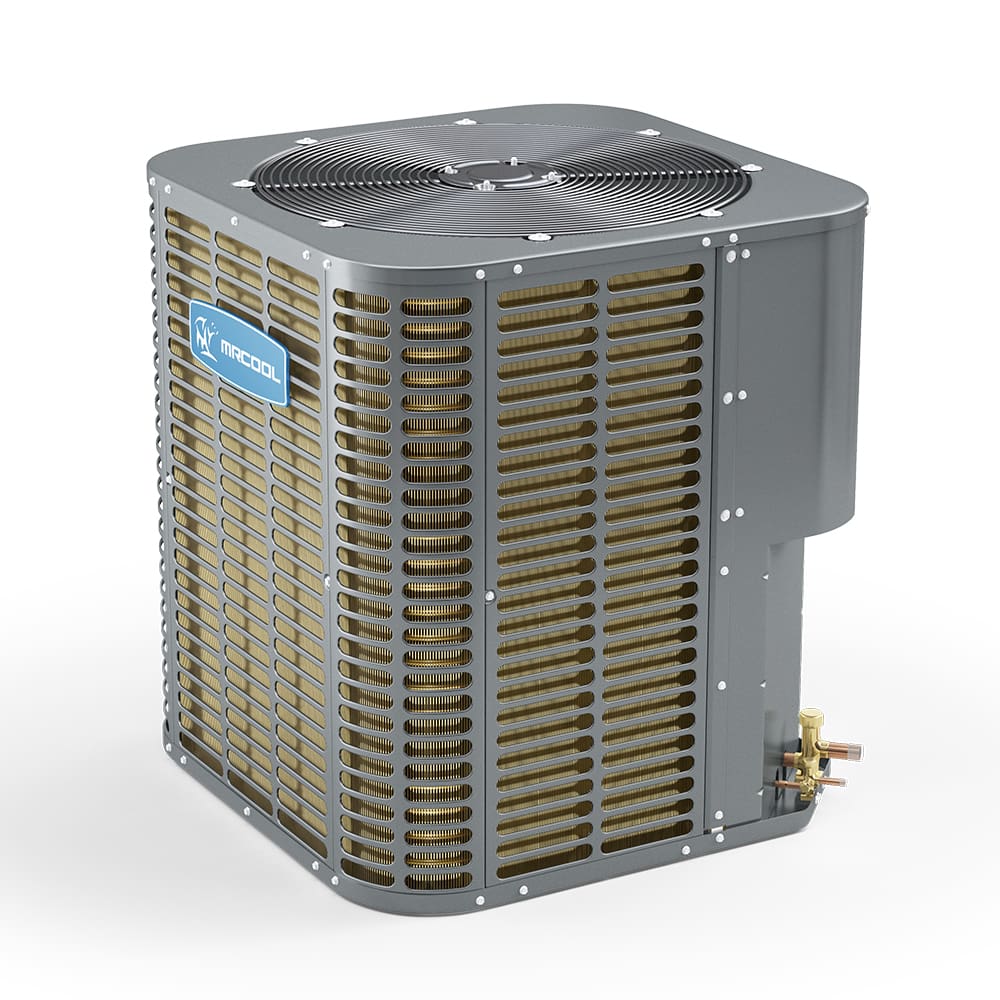What Is a Condenser? An HVAC DIY Guide for Homeowners and Hobbyists
When the summer heat is relentless and your home feels more like an oven than a haven, there’s one unsung hero quietly working to restore your comfort: the condenser. If you’re a hands-on homeowner, a curious first-time buyer, or an HVAC hobbyist eager to understand what keeps your home cool, understanding the condenser is a foundational skill. This guide will demystify the condenser’s role, walk you through practical DIY care, and share real-world tips that can save you money and headaches.

Understanding the Condenser: The “Heat Dump” of Your HVAC System
At its simplest, a condenser is the component in your air conditioner or heat pump system responsible for releasing indoor heat to the outside world. Picture the big, boxy metal unit that sits outside your home—its job is to take the heat collected from inside and disperse it outdoors, ensuring your living spaces stay refreshingly cool.
How It Works
- Absorbing Heat: Your system’s indoor coil pulls heat (and humidity) out of the air.
- Transferring It: That heat travels outdoors via refrigerant lines.
- Releasing It: The condenser coil releases the collected heat into the outdoor air, allowing the refrigerant to return indoors cold and ready for another round.
The key takeaway: The condenser is a heat exchanger, working overtime outside so you can enjoy comfort inside.
Anatomy of a Condenser: Breaking Down the Main Components
Let’s peek inside the box. Understanding what’s happening under the hood not only empowers your DIY skills but also helps you speak confidently with HVAC pros.
Main Parts You’ll Find
- Compressor: Acts as a pump, circulating and pressurizing the refrigerant.
- Condenser Coil: A network of metal tubing where refrigerant sheds its heat.
- Fan: Blows air over the coil, speeding up heat transfer to the outdoors.
- Electrical Components: Includes capacitors, relays, and contactors—key to safe operation.
Each part plays a crucial role in efficient cooling. A problem with any one of these can spell trouble for your whole system.
A Real-Life DIY Example: Diagnosing a “Warm Air” Dilemma
Meet Sarah, a first-time homeowner. On a 95-degree weekend, her AC ran, but the air inside remained lukewarm. After checking her thermostat and filter, she went outside to inspect her condenser. The fan wasn’t spinning—just a persistent buzzing sound. A quick online search suggested a failed capacitor (a frequent culprit).
With the power safely off, Sarah replaced a $20 capacitor—and her AC sprang back to life. Not only did she avoid a costly emergency callout, but she also gained confidence in tackling basic HVAC maintenance. Her story underscores how essential it is to recognize common condenser issues and the value of basic troubleshooting skills.
Essential DIY Maintenance: Keeping Your Condenser in Top Shape
Regular care not only prolongs your system’s life but also boosts efficiency and slashes energy bills. Here’s how to give your outdoor unit the TLC it deserves:
- Clean the Coils: Over time, dirt, leaves, and grass clippings collect on the coils. Hose them gently once or twice a season (power off first!) and clear about two feet around the unit.
- Maintain Airflow: Keep shrubs, fences, and outdoor furniture at a distance so your condenser can “breathe.”
- Listen and Inspect: Notice rattling, buzzing, or ice buildup? These are signals to investigate further or call a pro.
- Annual Check-up: Even if you enjoy DIY, a yearly professional tune-up is wise. Technicians can spot inefficiencies and correct refrigerant levels.
With these simple steps, you’ll ensure your condenser operates efficiently—and avoid untimely breakdowns during heatwaves.
Why Condenser Health Matters: Comfort, Cost, and Peace of Mind
It’s easy to take your condenser for granted—until your home won’t cool down. But routine attention offers real rewards:
- Lower Energy Bills: A clean, well-running condenser uses less power.
- Fewer Breakdowns: Preventative care catches small issues before they become major headaches.
- Longer System Life: Protects your entire HVAC investment for the long haul.
- Peace of Mind: You’ll have confidence that your home will stay comfortable, even in the hottest months.
Conclusion
The condenser is more than just an anonymous outdoor box; it’s the backbone of your home’s comfort system. By understanding its role, knowing what to look for, and adopting simple maintenance routines, you empower yourself to save money, energy, and stress. Whether you’re new to HVAC DIY or looking to deepen your understanding, these basics are your first step to mastery.
Ready to Take Action? Your Next Step Awaits
Want more hands-on HVAC tips, personalized system recommendations, or help troubleshooting? Visit Your Bargain Mart—trusted by homeowners for over 30 years. Share your journey in the comments, subscribe for expert guidance, or reach out with your questions. Let’s make comfort simple, together!
